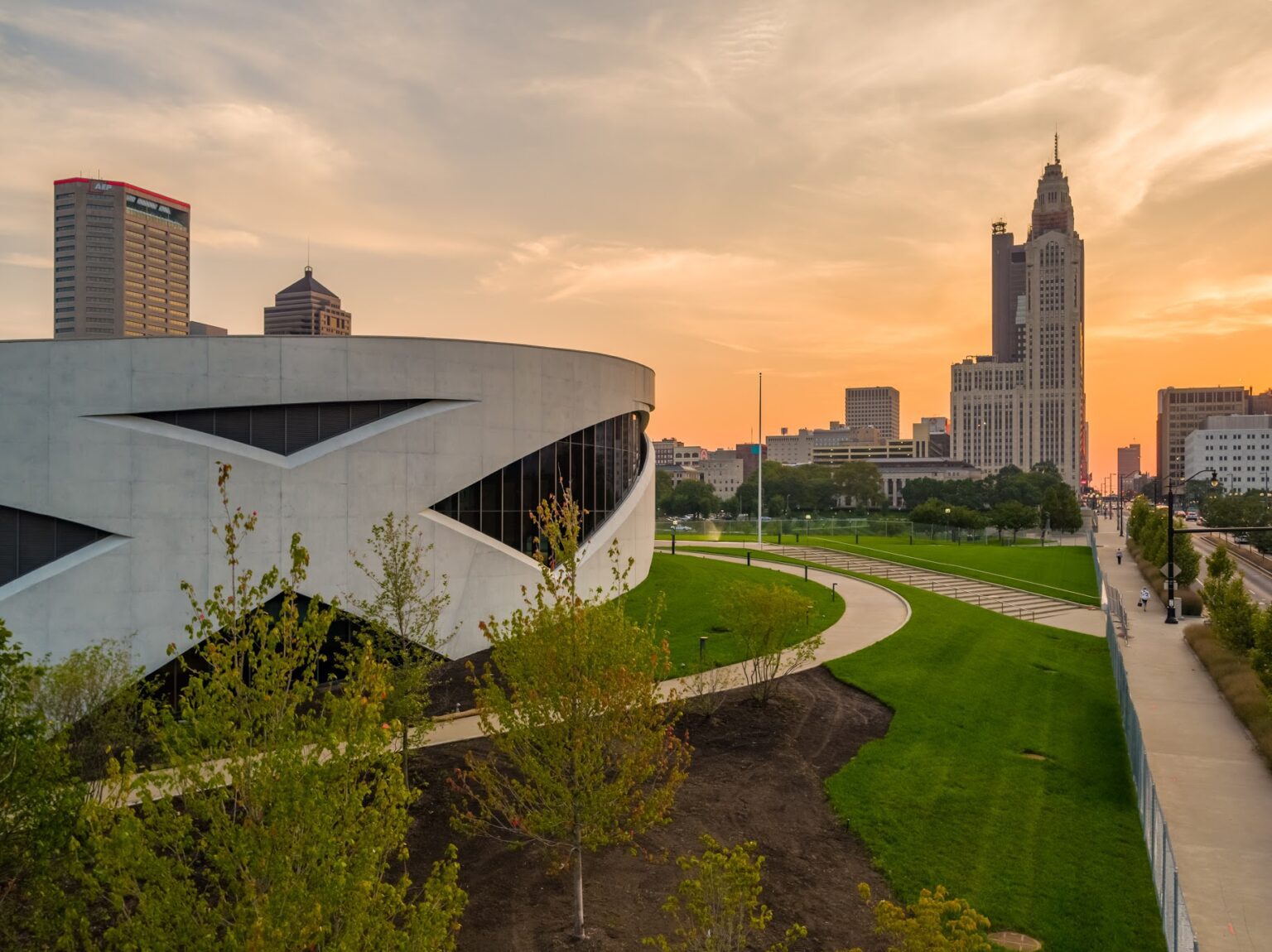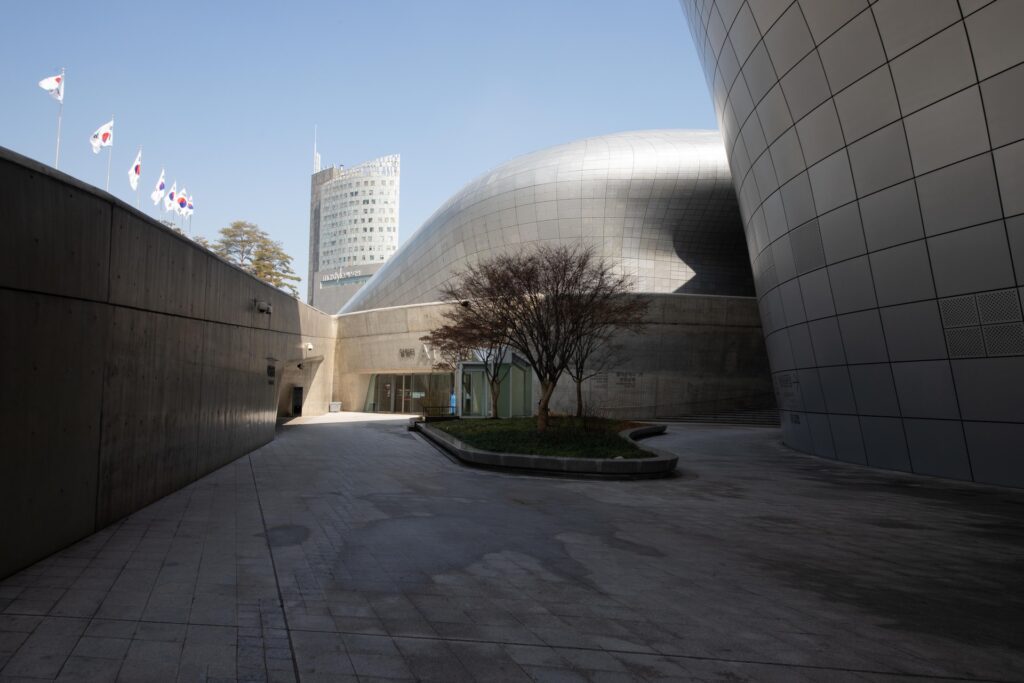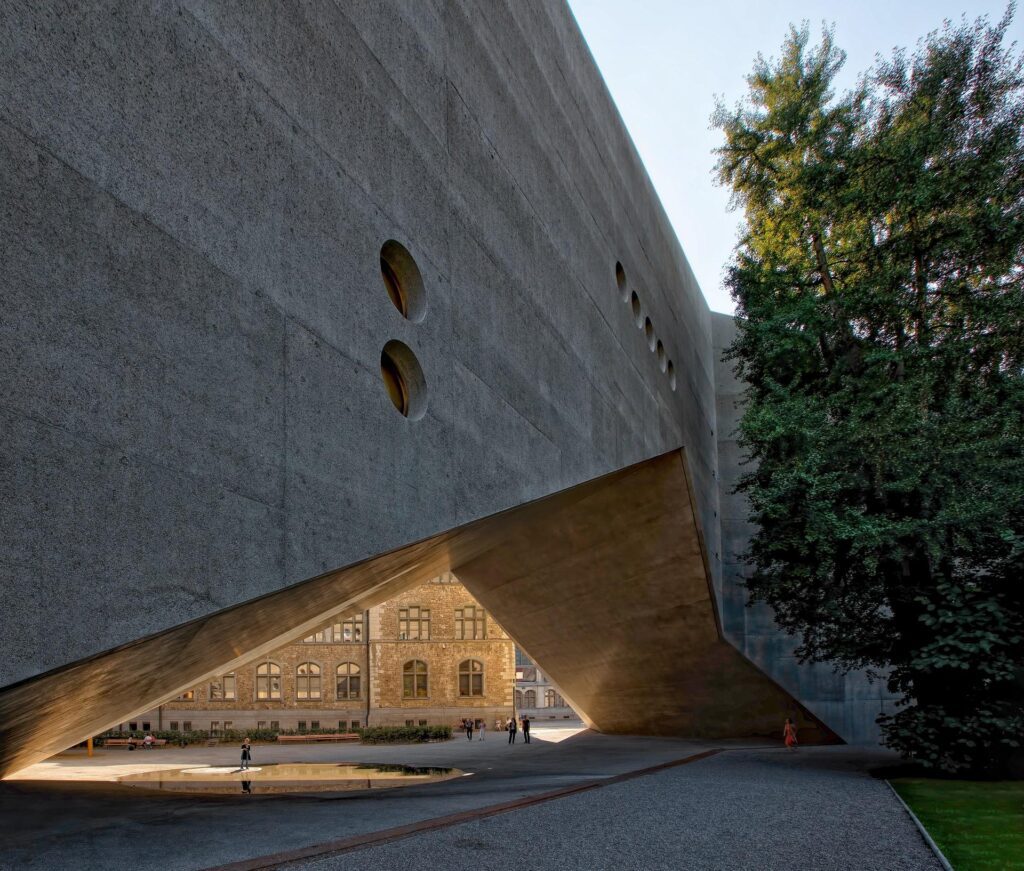When people think of concrete, “pretty” isn’t often the first word that comes to mind. It’s great for sidewalks, foundations, and load-bearing structures, but it’s thought of as too rough and uneven to have any aesthetic value. However, with advances in architectural technology, there’s a new type that’s striking and visually appealing: fair-faced concrete.
But what sets fair-faced concrete apart from the rest and how can an architect or designer use it? Let’s explore.
What Is Fair-faced Concrete?
Fair-faced concrete, or decorative concrete, is mixed with aesthetic beauty in mind. It’s often smoother and lighter than traditional concrete mixes.
This ensures that the natural beauty of concrete can shine through. It doesn’t need veneers or paint. Because of its smooth, uniform appearance, it stands on its own. However, builders sometimes mix a small amount of pigment into the concrete to bring out its natural beauty.
Fair-faced concrete can be used in the form of small blocks, large panels, and gigantic sheets. For larger installations, it’s often poured on-site to reduce transportation costs and the risk of cracking. It can be poured in many striking shapes and covered in protective finishes that don’t interrupt its consistent surface.
What Are Some Examples of Fair-faced Concrete in Architecture?
Fair-faced concrete is often used on the exteriors of large buildings. Its smooth countenance pairs well with glass to cultivate a timeless, seamless aesthetic. While modern, buildings with fair-faced concrete blend into historical and natural surroundings.
Exterior and Commercial Applications
This is apparent in the National Veterans Memorial and Museum of Columbus, Ohio. Smooth, sweeping slabs of fair-faced concrete form elegant lines over the building’s glass facade. The edges of the fair-faced concrete panels swirl into a grassy area on the top of the building. No matter what angle a visitor views it from, it’s a striking yet simple building on the shores of the Scioto River.
Another beautiful example of a fair-faced concrete building is Villa Saitan in Kyoto, Japan. While this 11-unit multi-family complex isn’t actually made of concrete, it’s surrounded by a concrete facade decorated by trees, bulbs, and root-shaped windows. These windows cast unique shadows on the interior and create areas for zen gardens and tranquil paths.
It balances modern aesthetics with traditional designs — characteristics that define Kyoto.

Interior and Residential Applications
Fair-faced concrete isn’t limited to exterior or commercial use.
It can be used to create decorative walls around stairs, entryways and living rooms. While wood, plaster and stone tend to dominate the residential market, those materials don’t always fit into more modern aesthetics.
One of the most common uses of fair-faced concrete in new custom homes is for bathrooms. Where tile and stone is too smooth and slick, concrete is stylish and textured.
It can also be used to add a bit of character to luxury outdoor living areas. If you crave an outdoor kitchen but brick and wood are a little too rustic for your tastes, consider fair-faced concrete. Want your pool to feel more like an exclusive resort than a backyard hangout? Low concrete walls and monuments bring out that unique luxurious quality.
What Challenges Come With Fair-faced Concrete?
While fair-faced concrete is resistant to dirt and can be molded into exciting designs, it does pose some challenges.
Unlike traditional painted walls, it can be hard to repair fair-faced concrete when it’s damaged. A homeowner can’t typically go to the local hardware store for paint to cover dings and scratches. However, it’s very durable so the chances of damage are smaller than with other materials.
This also means every panel and piece has to be made as uniformly as possible. Even if your project uses a variety of colors, variance from that palette is noticeable. This may mean that some fair-faced concrete panels have to be rejected.
The manufacturing and molding process can be cumbersome, as well. When you add fair-faced concrete to a home or commercial space, it’s an investment. The end result will be dazzling and eye-catching but expect it to take time and effort.
This is largely because all joints and structural components must be integrated into the overall design. Covering these components with other materials or sanding them down interrupts the flow of the installation.
An ideal fair-faced concrete contractor is experienced with the medium. Every project poses different challenges. Different needs and environments require different concrete mixes, stains, and finishes. Without measured planning at every stage, blemishes and mistakes will be jarring.

How Do You Fix Damaged Fair-faced Concrete?
Like other concrete structures, outdoor fair-faced concrete structures or installations in high-traffic areas may wear down over time. Because the purpose of fair-faced concrete is to be uniform and a bit artful, these blemishes are jarring and noticeable from a distance. Worn concrete isn’t quaint or rustic — it’s grimy and depressing.
To fix these blemishes, professionals have to match the installation’s color exactly. Because fair-faced concrete structures often use mixtures tailored to the particular project, this can be a huge challenge.
However, it’s very possible to restore and rejuvenate concrete through a process of blending and concrete staining. The same can also be said for fair-faced concrete panels that don’t meet your standards. A professional can treat them to match the rest of your project and save materials, time and money.
To get that done, you don’t need a general contractor. You need concrete experts.
That’s where Nawkaw comes in. Our experts breathed new life into the National Veterans Memorial and Museum when weathering and material variances detracted from its overall beauty. We can do the same for your fair-faced concrete project. To find out more about our artfully-executed yet scientifically-minded architectural finishing services, contact us today.

